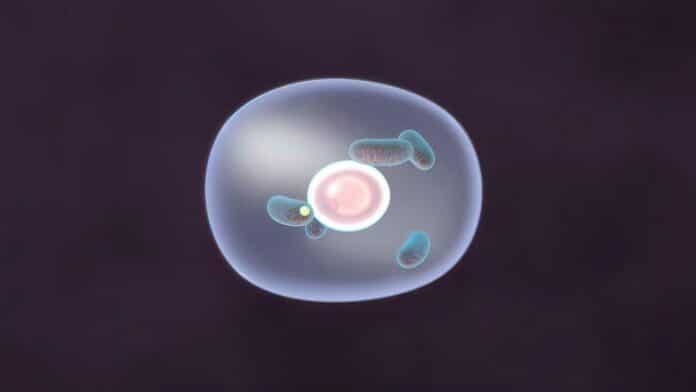Sirtuins have garnered substantial attention in the past two decades, with recent research highlighting their crucial role in various age-related diseases. This has led to increased interest in exploring the connection between sirtuins and aging, making them a promising target for therapeutic interventions aimed at enhancing health span and longevity.
In a noteworthy advancement in biochemistry, BTI and Cornell University scientists have unveiled fresh insights into acylspermidines, a family of metabolites. These findings could reshape our understanding of aging and contribute to the fight against diseases.
The study reveals an unexpected link between spermidine, a well-known compound present in all living cells, and sirtuins—an enzyme family that regulates numerous life-essential functions.
Lead author Frank Schroeder, a professor at BTI, said, “We were excited to uncover this unexpected branch of cellular metabolism related to sirtuins. Discovering these previously uncharacterized spermidine derivatives provides insight into the inner workings of this critical pathway and brings us a step closer to understanding the physiological functions of mitochondrial sirtuins.”
The scientists employed a comprehensive and unbiased approach known as comparative metabolomics—a methodology developed by the Schroeder lab over the past decade. This approach aimed to screen for metabolic changes dependent on sirtuins. The study brought to light a new family of metabolites named acylspermidines, originating from modifications of various proteins, many of which are vital for growth and cell survival.
Upon discovering sirtuin-linked acylspermidines in the simple organism C. elegans, the scientists extended their findings to show that these compounds are also present in mammals, including humans. Finally, the research team demonstrated the direct influence of these metabolites on the lifespan of C. elegans and the proliferation of cells in mammals.
Bingsen Zhang, a graduate student in the Schroeder lab and first author of the study, said, “Important physiological functions are reflected in many molecular fingerprints, including tens of thousands of small molecule metabolites that remain to be discovered. This work is a step towards uncovering the biological roles and functions of the vast space of chemical dark matter in our bodies.”
Subsequent research endeavors will delve into the mechanisms and pharmacological implications of these findings, specifically focusing on how acylspermidines influence lifespan, cell growth, and their potential interactions with other metabolic pathways.
Zhang said, “Nearly 350 years after spermidine was isolated and 100 years after its structure was understood, our work further advances the collective knowledge of the spermidine family, connecting it to other vital biochemical processes, including central energy metabolism and amino acid metabolism.”
Journal Reference:
- Zhang, B., Mullmann, J., Ludewig, A.H. et al. Acylspermidines are conserved mitochondrial sirtuin-dependent metabolites. Nature Chemical Biology (2024). DOI: 10.1038/s41589-023-01511-2
